The Enduring Appeal of Red in Christmas Imagery
Related Articles: The Enduring Appeal of Red in Christmas Imagery
Introduction
With great pleasure, we will explore the intriguing topic related to The Enduring Appeal of Red in Christmas Imagery. Let’s weave interesting information and offer fresh perspectives to the readers.
Table of Content
The Enduring Appeal of Red in Christmas Imagery

The color red is deeply intertwined with the Christmas season, holding a significant place in visual representations of the holiday. From the iconic red Santa Claus suit to the vibrant decorations adorning homes and streets, red evokes a powerful sense of festivity and warmth. This article explores the multifaceted reasons behind the enduring popularity of red as a Christmas color, examining its cultural significance, psychological impact, and artistic applications.
A History Steeped in Tradition
The association of red with Christmas is rooted in a complex interplay of cultural, religious, and historical factors. In Christian tradition, red symbolizes the blood of Christ, a potent reminder of the sacrifice made during his crucifixion. This association connects red with themes of sacrifice, redemption, and the divine, solidifying its presence in religious iconography and Christmas imagery.
Beyond its religious significance, red has long been associated with warmth, joy, and celebration across cultures. Ancient civilizations often used red pigments for festive occasions, associating it with vitality, energy, and good fortune. This inherent connection with celebration and good cheer has further cemented red’s role in Christmas imagery, symbolizing the joy and warmth of the holiday season.
Psychological Impact: Red’s Emotional Resonance
The color red holds a unique power in human psychology, triggering a range of emotional responses. Studies have shown that red can evoke feelings of excitement, passion, and energy. It is often associated with warmth, comfort, and a sense of belonging, making it an ideal color to represent the familial and communal spirit of Christmas.
Red’s stimulating effect on the nervous system can also contribute to its festive appeal. The color can increase heart rate and blood pressure, creating a sense of excitement and energy, perfectly reflecting the lively atmosphere of Christmas celebrations.
Artistic Applications: Red’s Visual Impact
In the realm of visual art, red is a powerful and versatile color, capable of conveying a wide range of emotions and meanings. Its vibrant hue lends itself well to creating striking visual contrasts, adding depth and dimension to Christmas imagery.
Red’s ability to command attention makes it an effective focal point in visual compositions. In Christmas imagery, it often draws the eye to central elements like Santa Claus, ornaments, or festive decorations, enhancing their visual impact and reinforcing their symbolic significance.
Beyond the Traditional: Contemporary Interpretations
While red remains a dominant color in Christmas imagery, contemporary interpretations have embraced a more nuanced approach. Designers and artists often incorporate shades of red, from deep crimson to vibrant scarlet, to create unique and visually engaging compositions. These variations allow for a broader expression of the holiday spirit, catering to diverse aesthetic preferences and cultural contexts.
FAQs: Understanding the Red Christmas Connection
Q: Why is red the dominant color of Christmas?
A: The association of red with Christmas stems from its religious significance as a symbol of Christ’s sacrifice, as well as its cultural association with celebration, joy, and warmth.
Q: Is red the only color associated with Christmas?
A: While red is prominent, other colors like green, gold, and white also hold significant meaning in Christmas imagery. Green represents life and hope, gold symbolizes wealth and divinity, and white represents purity and peace.
Q: How does red contribute to the festive atmosphere of Christmas?
A: Red’s psychological effects, including its ability to evoke excitement, warmth, and energy, contribute significantly to the festive atmosphere of Christmas.
Q: How can I use red effectively in my Christmas decorations?
A: Red can be incorporated into Christmas decorations in various ways, from using red ornaments and ribbons to incorporating red accents in lighting and wrapping paper.
Tips for Using Red in Christmas Imagery
- Balance is Key: Avoid overwhelming the visual composition with too much red. Balance it with other colors like green, gold, or white to create a harmonious and visually appealing aesthetic.
- Consider Shades: Experiment with different shades of red, from deep crimson to vibrant scarlet, to add depth and visual interest to your designs.
- Play with Textures: Combine red elements with textures like velvet, satin, or wood to create a more tactile and engaging visual experience.
- Embrace Contrast: Utilize red’s ability to command attention by creating visual contrasts with other colors or textures.
- Stay True to Your Style: Incorporate red in a way that aligns with your personal aesthetic and the overall theme of your Christmas decorations.
Conclusion: The Enduring Power of Red
Red’s enduring presence in Christmas imagery is a testament to its powerful symbolism and its ability to evoke a range of emotions. From its historical and religious significance to its psychological impact and artistic applications, red continues to be a vital element in creating the festive spirit and warmth associated with the Christmas season. As we celebrate this cherished holiday, the color red serves as a constant reminder of the joy, love, and hope that lie at the heart of Christmas.
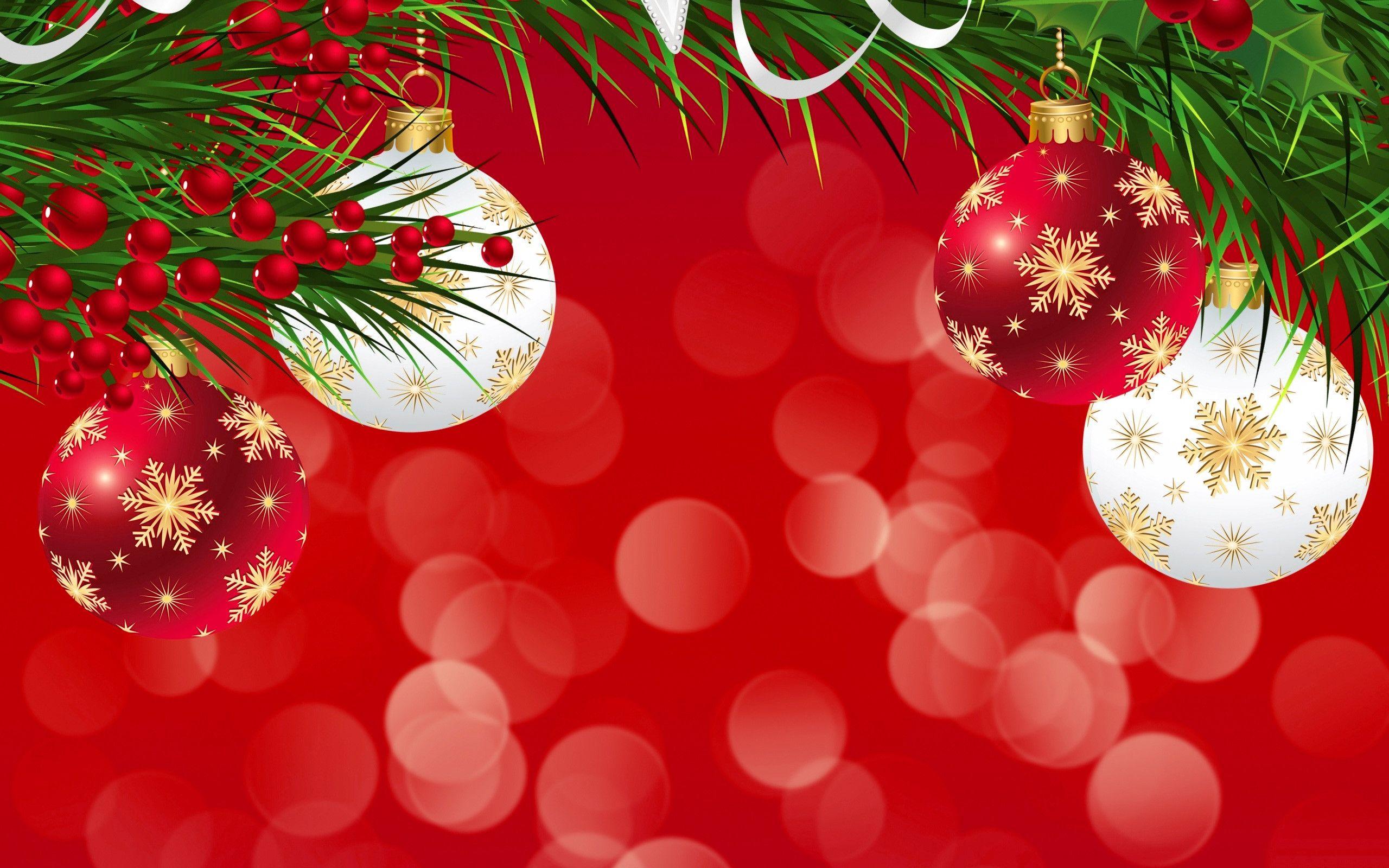
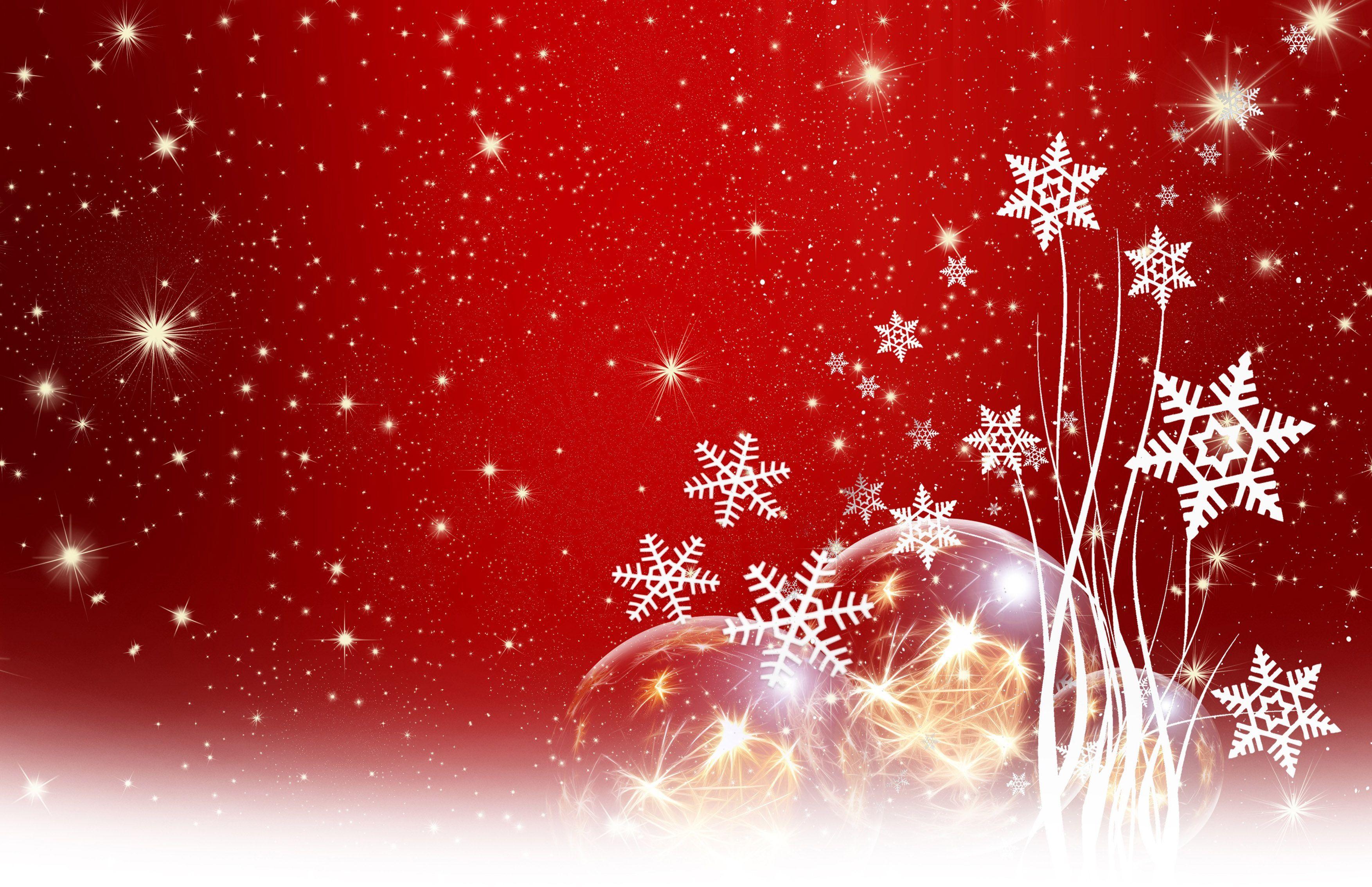
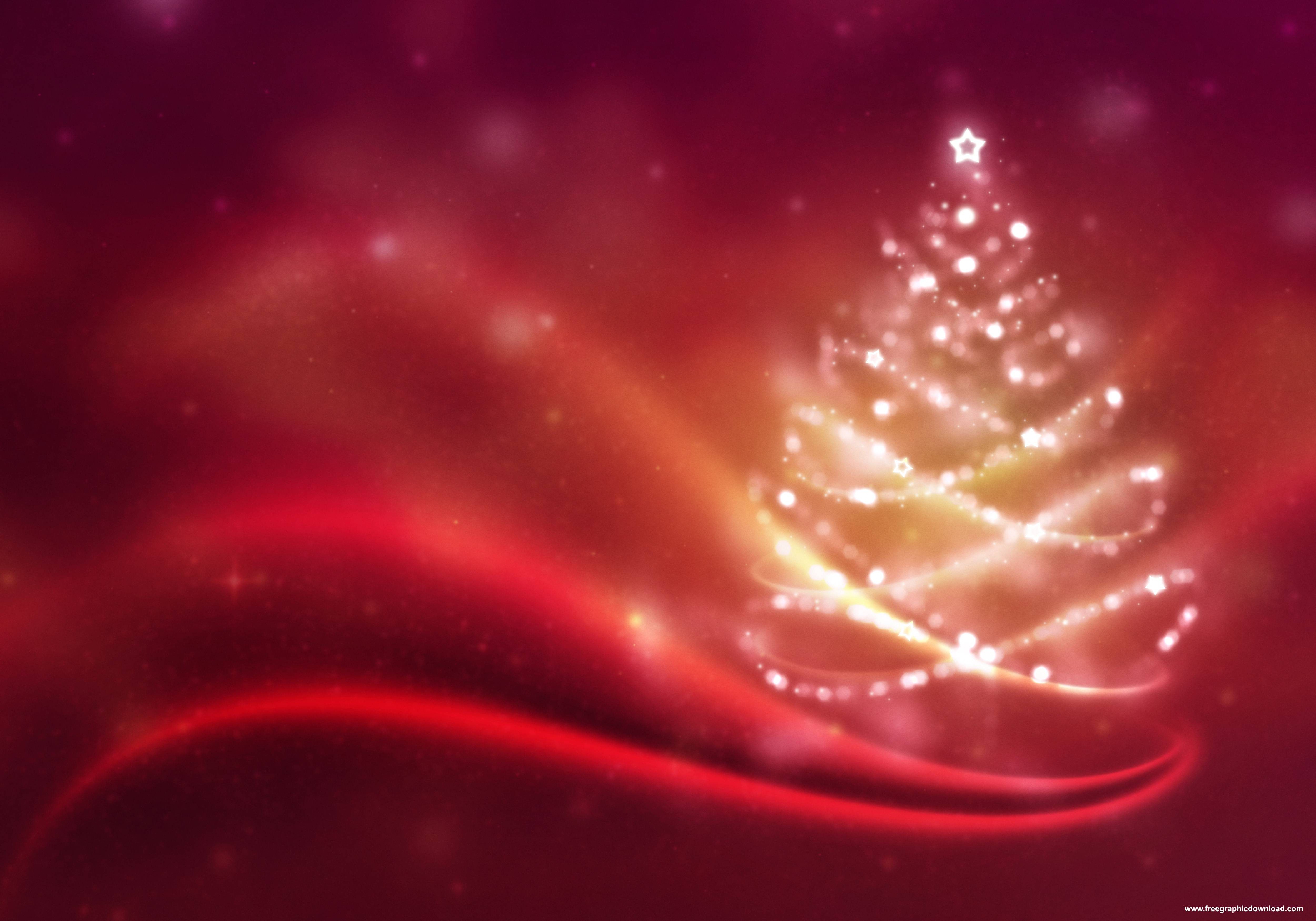
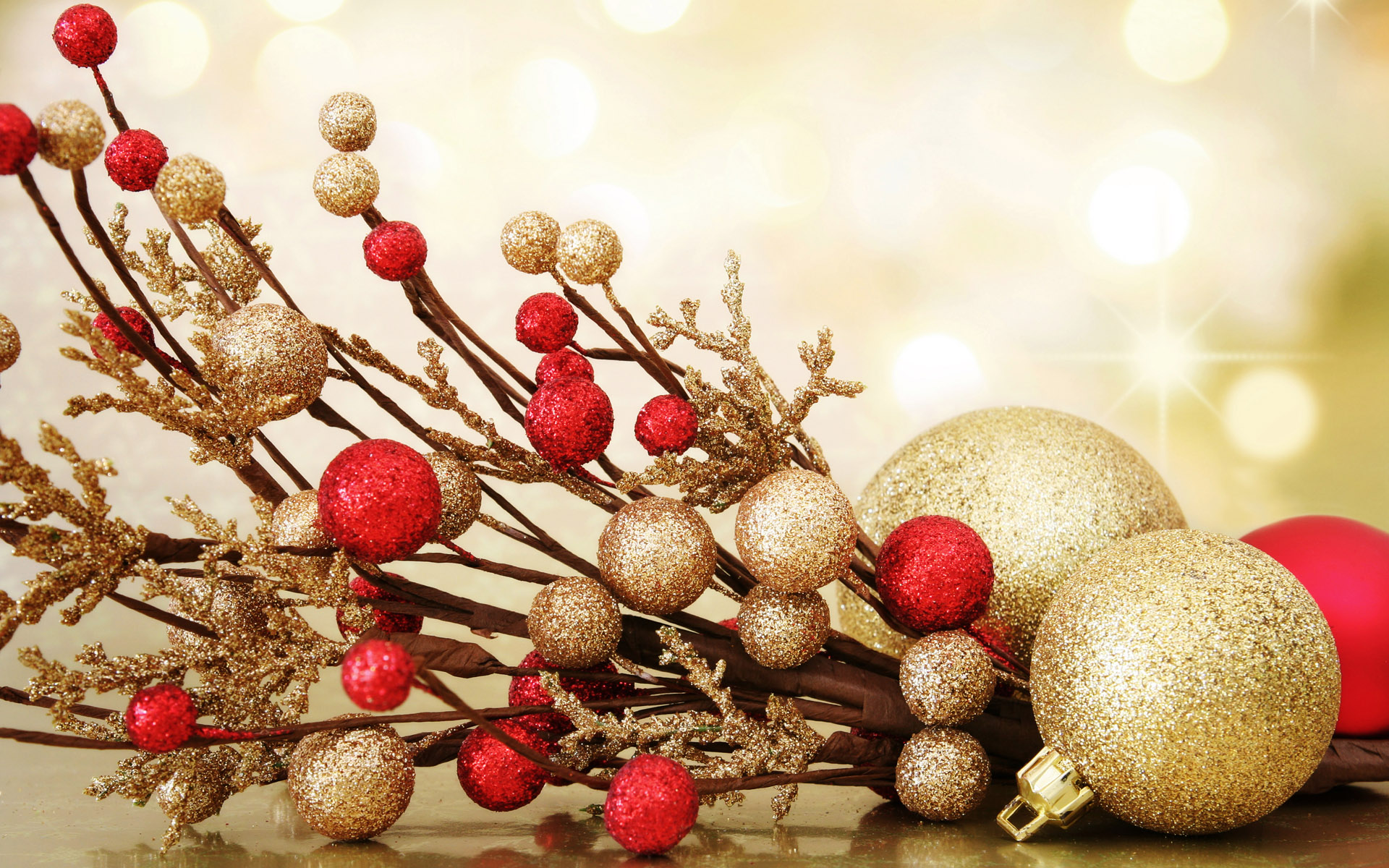
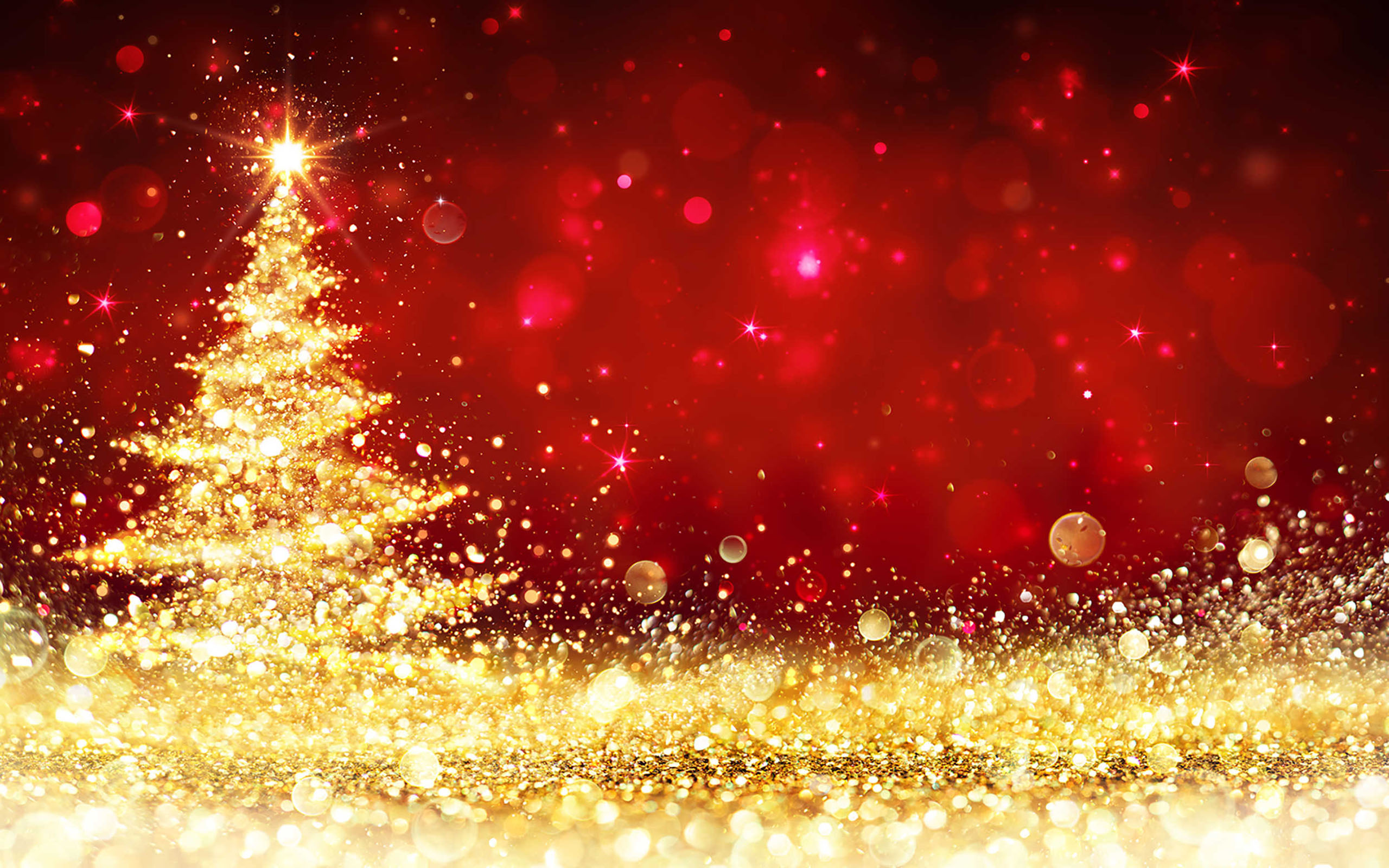


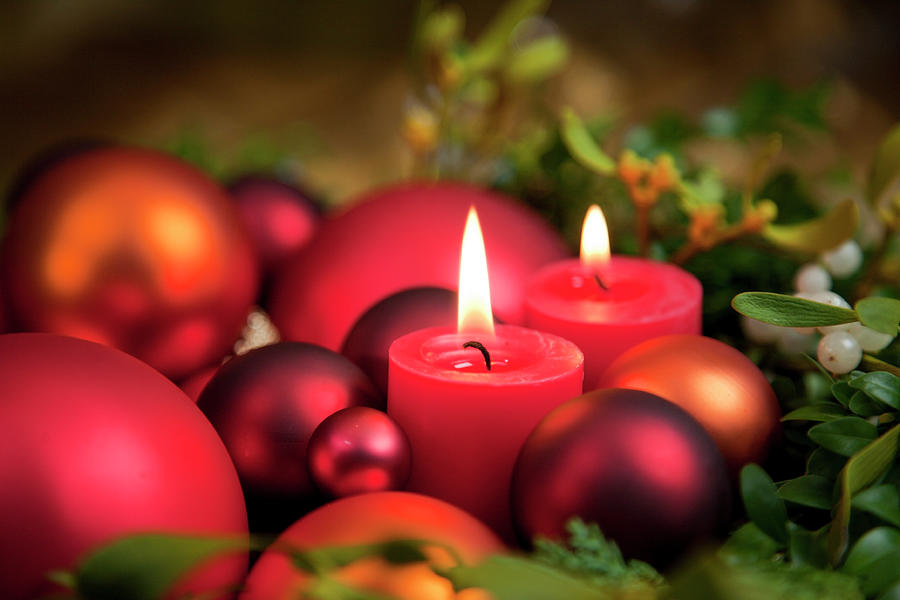
Closure
Thus, we hope this article has provided valuable insights into The Enduring Appeal of Red in Christmas Imagery. We thank you for taking the time to read this article. See you in our next article!